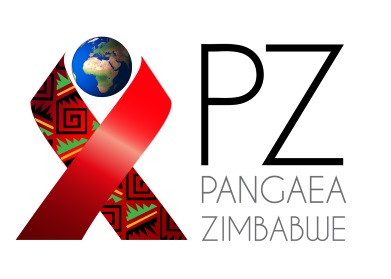Best Practices: Identifying approaches to long term and effective engagement in HIV Health and Support services
Between 2013 – 2016, Pangaea, in partnership with the Clinton Health Access Initiative (CHAI), with funding from the Bill and Melinda Gates Foundation, have developed and costed a series of single descriptive case studies documenting effective approaches to HIV service delivery in Sub-Saharan Africa. The goal of the project is to improve uptake of and retention in effective HIV service delivery to improve treatment and prevention outcomes. The documentation of successful approaches to increase demand for and sustained use of HIV testing, treatment, prevention and support services provides a resource for country level program managers, program implementers, advocates and donors to better determine how to scale up programs effectively and gain maximum benefit from resource investments. The case studies reflect intervention level reviews that describe interventions that are particularly effective at addressing a component or multiple components of the continuum HIV prevention and treatment services. The selection of programs for the case studies present information and cost estimates about a diverse set of programs, that look at both community- and facility-based services, programs addressing urban and rural populations, key affected populations, and programs that are well integrated with other areas of health services including primary care, sexual, reproductive, and maternal health services. Through this process, Pangaea seeks to improve uptake and scale of HIV services and fill the gaps in the HIV treatment cascade.
Case Study Selection
Selected case studies fall along one or more of the major steps of the continuum of HIV prevention, care and treatment services including: 1) HIV Testing to Linkage to pre-ART care, 2) pre-ART care to Treatment Initiation, and 3) Treatment Initiation to Retention and Viral Suppression. We used a 2-step process to identify particular programs or implementation models. The process is described below:
Step 1: Literature Review and Key Informant Interviews
Pangaea conducted a formal literature review, utilizing the scoping report methodology identifying programs in southern and eastern Africa that have already reported on (or have been evaluated by outside parties to report on) specific strategies to maximize HIV testing, linkage to care and/or long term engagement in HIV care and treatment.
Pangaea also conducted a “grey literature” review in order to obtain additional information about promising interventions that are often not evaluated in mainstream journals, but are available in the public domain.
Pangaea conducted a series of key stakeholder interviews with selected program managers at Health Ministries, donors that fund health services including PEPFAR and the Global Fund, UNAIDS and WHO country officers, World Bank, researchers, health care implementers, and community networks. The purpose of these interviews is to identify programs with data that document their effectiveness, but that may not, or not yet, been documented in written, publicly available, formats.
Step 2: Preliminary Assessments
This stage of the review was two-pronged that included a desk-based further analysis of published (or other public-domain) documentation about specific programs, and email/telephone communication or face-to-face meetings (when possible) with the lead director or manager of the proposed programs. This review led to the selection of 70 programs for initial review/evaluation, followed by a more in depth review to reach 20. From the 20 programs, the study team developed a scoring sheet to judge programs based on 3 major criteria: effectiveness, scalability and accessibility to reach the six programs outlined below.
This is the final selection of case studies that were evaluated under the project. Reports for these are found on this website in the reports section.
